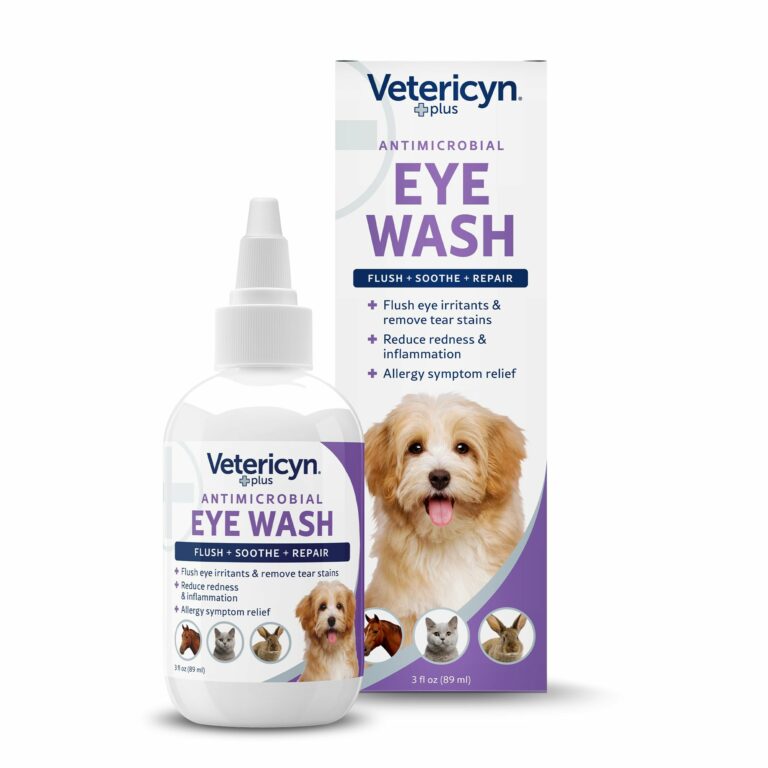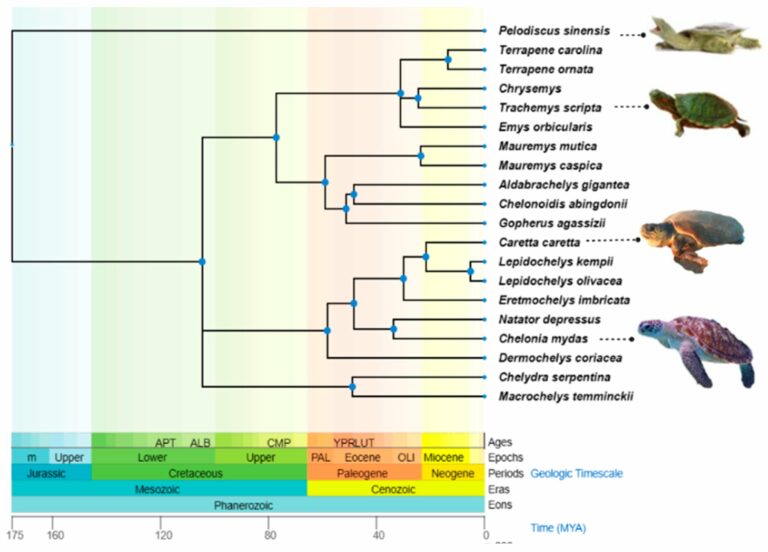Preventing Bacteria In A Turtle’S Water Filter: Effective Methods
Today we discuss Preventing Bacteria In A Turtle’S Water Filter. If you own a turtle and find it challenging to keep your water filter clean and free of bacteria, you’ve come to the right place! In this article, we will discuss the most effective ways to avoid bacteria accumulation in your turtle’s water filter.
By implementing these straightforward techniques, you can ensure a safe and healthy environment for your beloved reptile companion. So, let’s explore how you can prevent bacteria in your turtle’s water filter!
How do you prevent bacteria in a turtle’s water filter?
Turtles are fascinating pets, but keeping their habitat clean can be challenging. Preventing bacteria growth in their water filter is crucial for their health. In this article, we will discuss strategies to prevent bacteria in a turtle’s water filter. Regular maintenance, UV sterilizers, tank hygiene, and other preventive measures are important for your turtle’s well-being.
Regular Filter Maintenance:
Maintaining a clean and functioning water filter is vital for preventing bacteria growth. Here are a few essential steps to include in your regular filter maintenance routine:
a. Checking and Replacing Filter Media:
Regularly inspect your turtle’s water filter and check the condition of the filter media. Over time, debris and waste can accumulate in the filter, providing a breeding ground for harmful bacteria. Replace the filter media according to the manufacturer’s recommendations to ensure optimal filtration efficiency.
b. Cleaning the Filter:
Periodically clean the filter components, such as the impeller, intake tube, and filter housing, to remove any trapped debris or organic matter. Rinse these parts with dechlorinated water and avoid using soap or harsh chemicals that could harm your turtle. It’s best to follow the manufacturer’s instructions for cleaning your specific filter model.
c. Avoid Overfeeding:
Overfeeding your turtle can lead to excessive waste production, putting a strain on the water filter. Feed your turtle an appropriate diet and remove any uneaten food promptly. By preventing excess food from decomposing in the water, you can reduce the risk of bacterial growth.
UV Sterilizers:
Ultraviolet (UV) sterilizers are highly effective tools in preventing bacteria in a turtle’s water filter. UV sterilizers work by exposing the water to ultraviolet light, which eliminates harmful microorganisms, including bacteria and algae. Here’s how UV sterilizers can help maintain a bacteria-free environment:
a. Installing a UV Sterilizer:
Consider installing a UV sterilizer in your turtle’s tank or in the filtration system. The UV sterilizer should be positioned after the filter, as the water needs to be pre-filtered before exposure to the UV light. Ensure you choose an appropriately sized UV sterilizer for your tank volume, as the effectiveness of the sterilizer depends on the flow rate and exposure time.
b. UV Sterilizer Maintenance:
Regularly monitor and clean the quartz sleeve and UV bulb in the sterilizer unit. Over time, the quartz sleeve can become coated with mineral deposits or algae, hindering the UV light’s effectiveness. Cleaning the sleeve and replacing the UV bulb as recommended by the manufacturer will help maintain optimum sterilization performance.
c. Benefits and Considerations:
UV sterilizers not only eliminate bacteria but also control algae growth, aiding in maintaining crystal-clear water. However, it’s essential to note that UV sterilizers are not a substitute for regular filter maintenance. They work synergistically with a well-maintained filter, ensuring optimal water quality for your turtle.
Proper Tank Hygiene:
Maintaining proper tank hygiene is crucial for preventing bacterial growth and creating a healthy habitat for your turtle. Consider the following practices to ensure your turtle’s tank remains clean:
a. Regular Water Changes
Perform regular water changes to remove accumulated waste, excess nutrients, and bacteria. Changing approximately 25-50% of the water every week or as needed helps maintain water quality. Use dechlorinated water and ensure the new water is at a similar temperature to the tank to avoid stressing your turtle.
b. Gravel Vacuuming
Using a gravel vacuum during water changes helps remove debris and waste particles that may settle on the tank’s substrate. This prevents the buildup of organic matter that can contribute to bacterial growth.
c. Tank Cleaning
Regularly clean the tank’s interior surfaces, such as the walls and decorations, to remove algae and other organic deposits. Use a soft brush or algae scraper specifically designed for aquarium use to avoid damaging the tank’s surfaces.
Water Quality Testing:
Regularly testing the water parameters is crucial for maintaining a healthy turtle environment. Test kits are readily available and allow you to monitor crucial parameters such as ammonia, nitrite, nitrate, pH, and water hardness. By keeping these parameters within appropriate ranges, you can prevent conditions that promote bacterial growth.
Nutrition and Turtle Health:
Ensuring your turtle receives a proper diet and stays healthy indirectly helps prevent bacterial problems. A well-nourished turtle with a strong immune system is better equipped to fight off potential infections and diseases. Consult a veterinarian specializing in reptiles to develop a balanced diet plan tailored to your turtle’s specific needs.
Avoid Overcrowding:
Overcrowding in a turtle tank can lead to excessive waste production and compromised water quality. Avoid overcrowding by providing an adequately sized tank for your turtle’s species. Adequate space allows for better water circulation and reduces the load on the filtration system, minimizing the risk of bacteria growth.
Regular Observation:
Be proactive and regularly observe your turtle for any signs of illness or stress. Early detection of potential health issues allows for timely intervention and reduces the risk of bacterial infections. Look out for symptoms like decreased appetite, lethargy, abnormal swimming patterns, or skin lesions. If you notice any concerns, consult a reptile veterinarian for proper diagnosis and treatment.
Quarantine New Additions:
Whenever introducing new turtles or tankmates to your existing setup, it is crucial to quarantine them first. Quarantining not only prevents the spread of potential diseases but also allows you to observe the new additions for any signs of illness. This practice helps maintain a healthy and bacteria-free environment for your turtles.
Avoid Antibiotic Overuse:
While antibiotics can be a useful tool in treating bacterial infections, their misuse or overuse can lead to antibiotic resistance in bacteria. Avoid using antibiotics without proper veterinary guidance and only use them when necessary. Follow the veterinarian’s instructions precisely to prevent unintentional harm to your turtles and the development of resistant bacteria.
Professional Consultation:
If you are unsure about any aspect of maintaining your turtle’s water filter or encounter persistent bacterial issues, seek assistance from a professional aquatic veterinarian or an experienced reptile specialist. They can provide expert guidance tailored to your specific situation, ensuring the health and well-being of your turtle.
Faqs for Preventing Bacteria In A Turtle’S Water Filter:
Answer:
It is recommended to clean the water filter at least once every two weeks to prevent the buildup of bacteria and debris.
Answer:
You can use a mild bleach solution or a reptile-safe aquarium cleaner to disinfect the filter. Be sure to rinse it thoroughly before putting it back into the tank.
A: It is best to remove the turtle from the tank while cleaning the filter to avoid any stress or exposure to cleaning chemicals.
A: Yes, using beneficial bacteria supplements can help maintain a healthy balance in the tank and reduce the growth of harmful bacteria in the filter.
A: Regularly removing uneaten food, excess waste, and debris from the tank can help prevent clogging in the filter. Using a pre-filter sponge can also help trap larger particles before they reach the main filter.
Final Thoughts
To prevent bacteria in a turtle’s water filter, regular maintenance and proper cleaning procedures are essential. Firstly, it is crucial to clean the filter regularly by removing any debris or waste that has accumulated. This will help prevent the growth of bacteria. Secondly, ensure that the water in the turtle’s tank is properly aerated and circulated to maintain optimal water quality. Finally, consider using a water conditioner or biological additive specifically designed for reptile habitats to further reduce the risk of bacterial growth. By following these preventive measures, you can effectively maintain a healthy and clean water environment for your turtle. How do you prevent bacteria in a turtle’s water filter?


